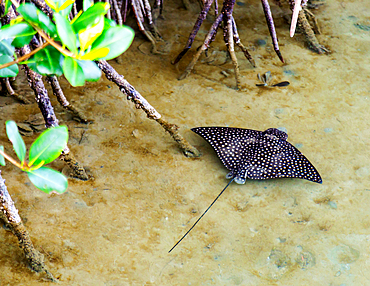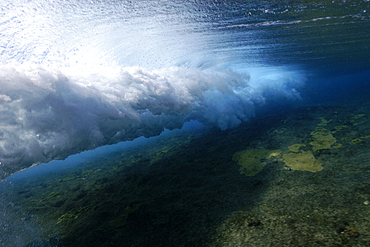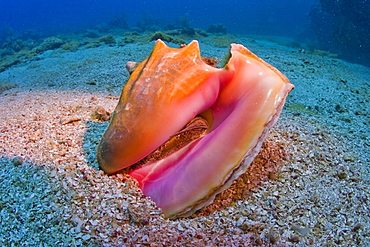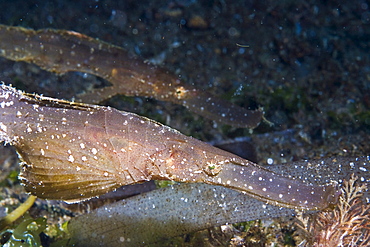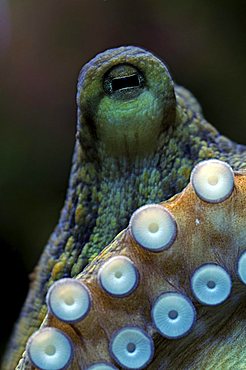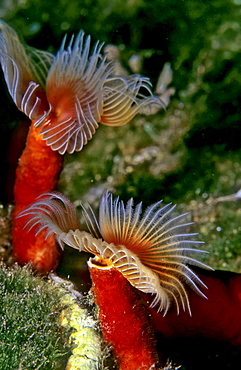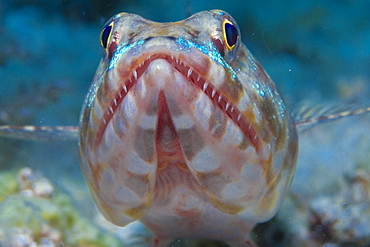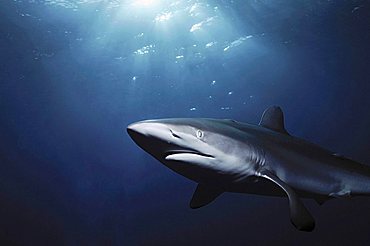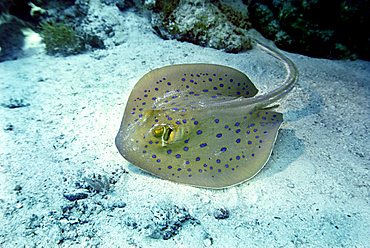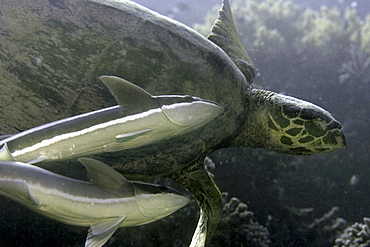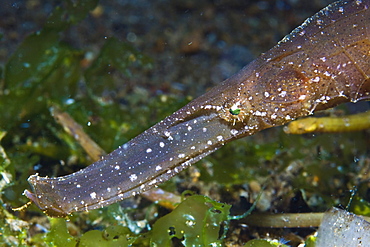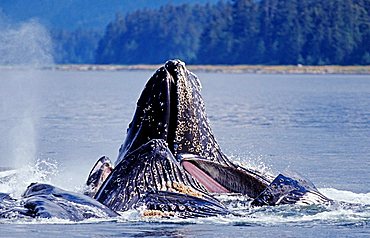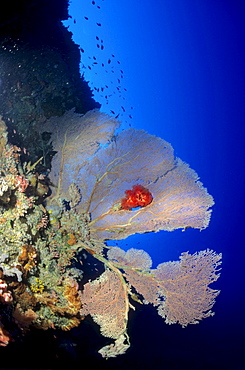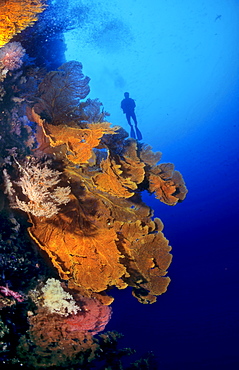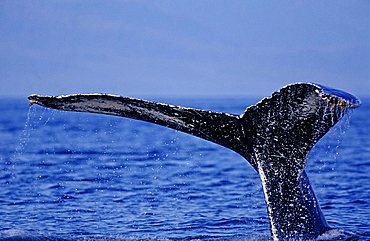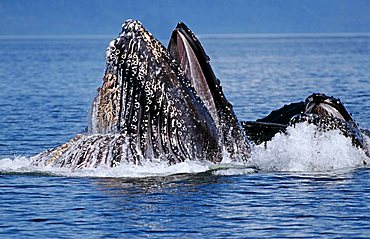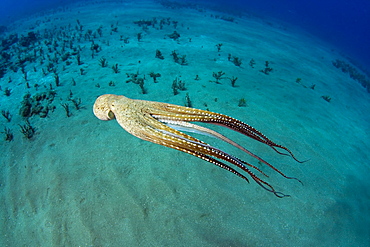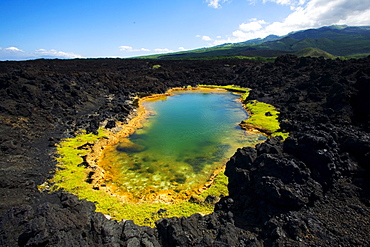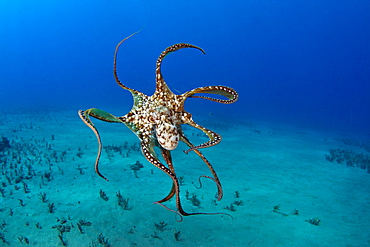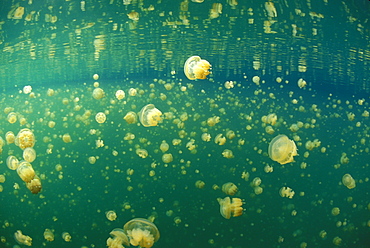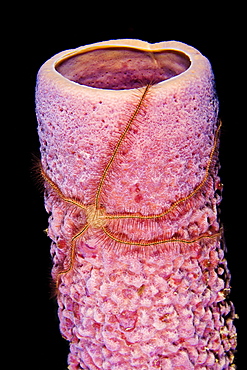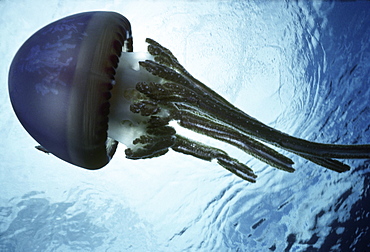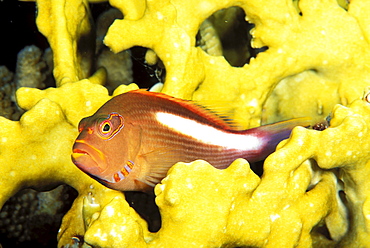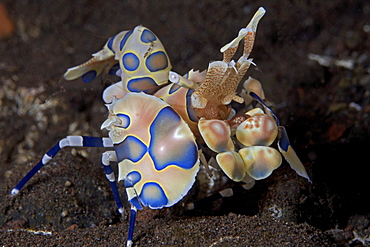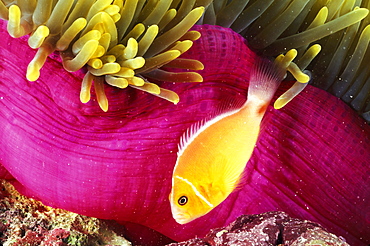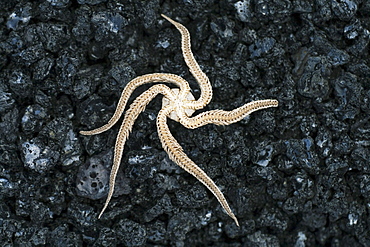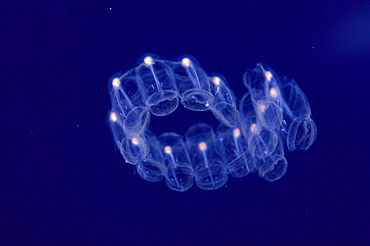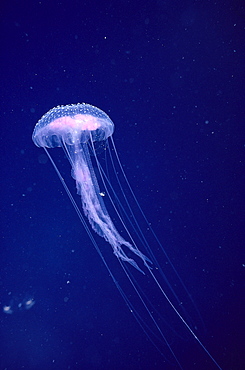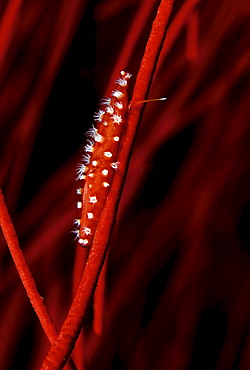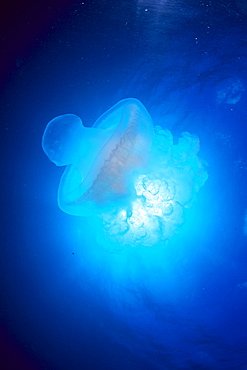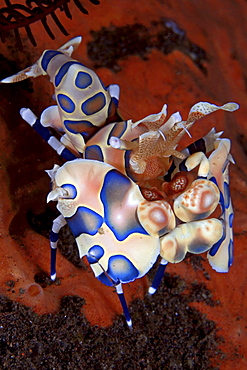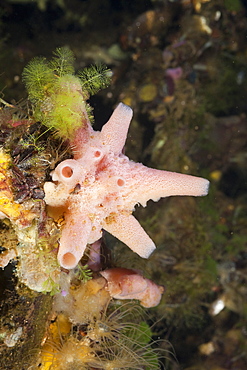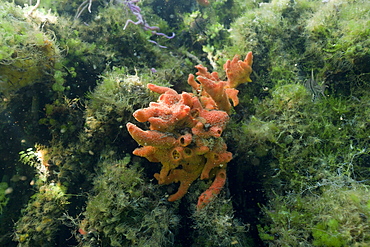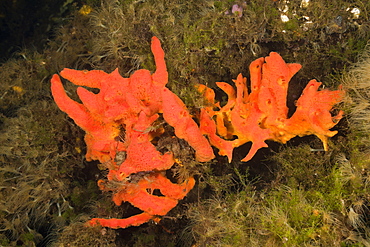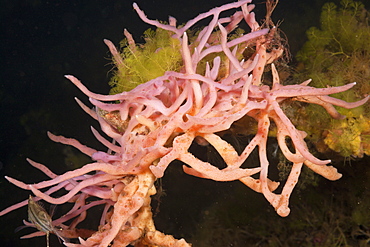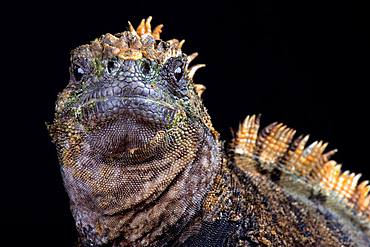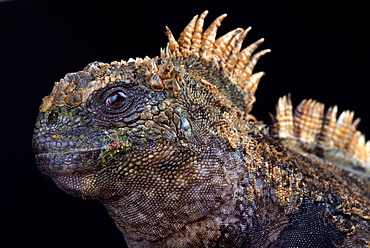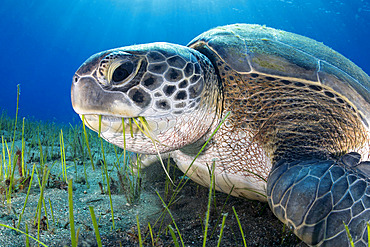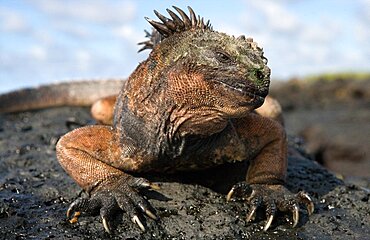Results
12 results found
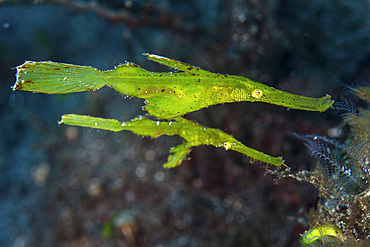
A pair of robust ghost pipefish (Solenostomus cyanopterus) hover above the seafloor in Komodo National Park, Indonesia. This tropical area in the western Pacific harbors an extraordinary array of marine organisms.
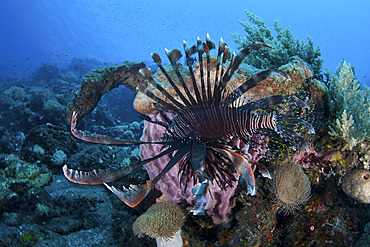
A lionfish (Pterois volitans) displays its venomous spines in Komodo National Park, Indonesia. This tropical area in the western Pacific harbors an extraordinary array of marine organisms.
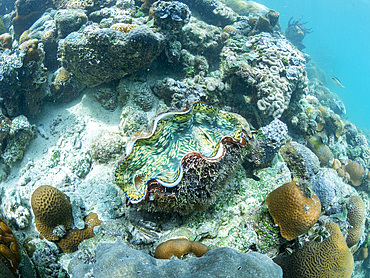
A giant clam along with a myriad of hard and soft corals compete for space on the substrate of Darwin's Wall, Palau, Micronesia, Pacific
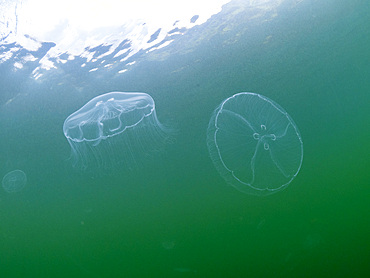
A pair of moon jellyfish (Aurelia sp), in Jellyfish Lake, located on Eil Malk island, Rock Islands, Palau, Micronesia, Pacific
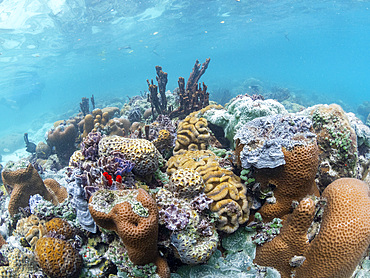
A myriad of hard and soft corals compete for space on the substrate of Darwin's Wall, Palau, Micronesia, Pacific
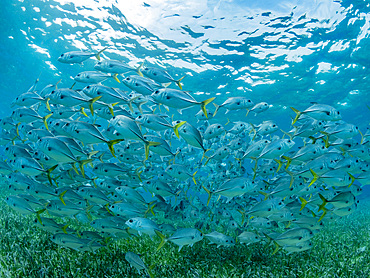
Horse-eye jacks (Caranx latus), schooling in Hol Chan Marine Preserve, inside the Mesoamerican Barrier Reef, Belize
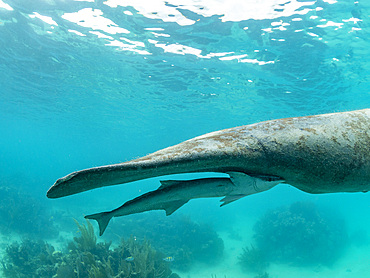
West Indian manatee (Trichechus manatus), with sharksucker, Caye Caulker, inside the Mesoamerican Barrier Reef, Belize
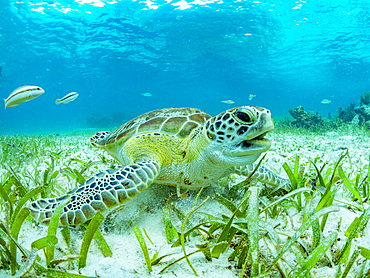
Green sea turtle (Chelonia mydas), feeding on the sand near Caye Caulker, inside the Mesoamerican Barrier Reef, Belize
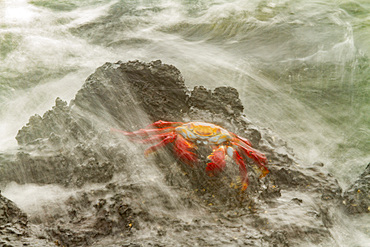
Sally lightfoot crab (Grapsus grapsus) in the littoral of the Galapagos Island Archipelago, UNESCO World Heritage Site, Ecuador, South America
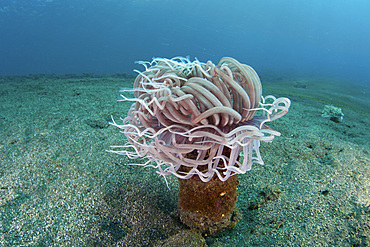
A tube anemone grows on a sandy seafloor in Komodo National Park, Indonesia. This tropical area in the western Pacific harbors an extraordinary array of marine organisms.
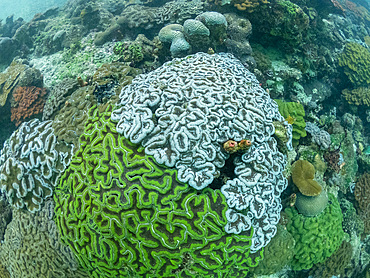
A myriad of hard and soft corals compete for space on the substrate of the snorkel site known as the Milky Way, Palau, Micronesia, Pacific
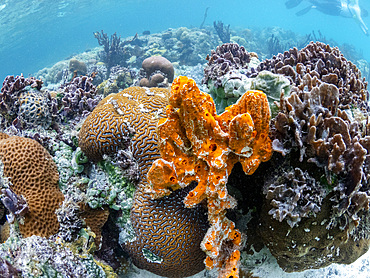
A myriad of hard and soft corals compete for space on the substrate of Darwin's Wall, Palau, Micronesia, Pacific
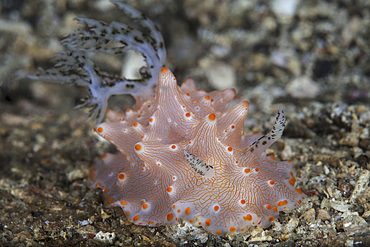
A beautiful nudibranch (Halgerda batangas) crawls on the sandy seafloor of Lembeh Strait, Indonesia. Lembeh Strait is known for its diverse array of bizarre marine organisms.
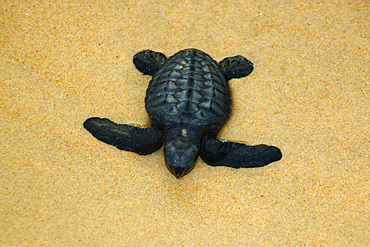
Olive ridley turtle hatchling, Lepidochelys olivacea, Costa do Sauipe, Bahia, Brazil (South Atlantic)
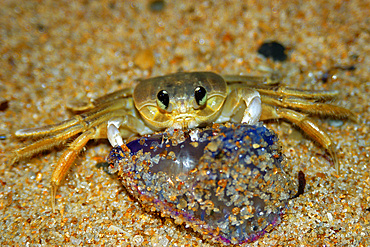
Crab preying on dead portuguese man-of-war, Physalia physalis, Praia do Forte, Bahia, Brazil (South Atlantic)
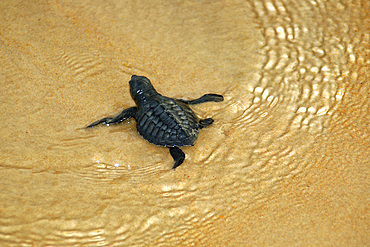
Olive ridley turtle hatchling, Lepidochelys olivacea, Costa do Sauipe, Bahia, Brazil (South Atlantic)
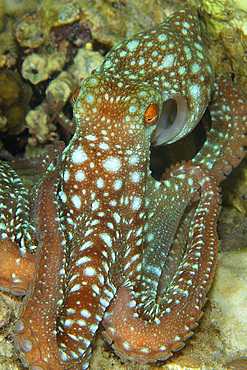
Starry night octopus, Octopus luteus, foraging on coral reef at night, Malapascua, Cebu, Philippines, Visayan Sea.

Brown algae, Sargassum horneri and Undaria pinnatifida, Chusan, Ulleungdo, South Korea (East Sea or Sea of Japan).
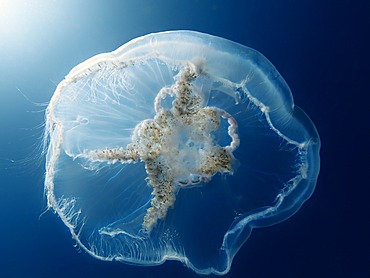
Moon jellyfish, Common jellyfish (Aurelia aurita), Baltic Sea, off Darss, Mecklenburg-Western Pomerania, Germany, Europe

Suckers of Giant Pacific octopus or North Pacific giant octopus (Enteroctopus dofleini), Japan Sea, Primorsky Krai, Russian Federation
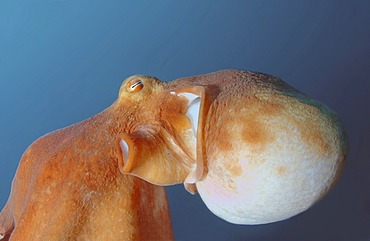
Giant Pacific octopus or North Pacific giant octopus (Enteroctopus dofleini), Japan Sea, Primorsky Krai, Russian Federation
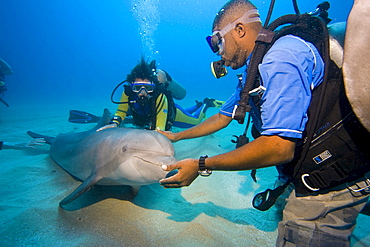
Tame Bottlenose Dolphin (Tursiops truncatus) and scuba divers on the ocean floor, tourist attraction, Roatan, Honduras, Caribbean
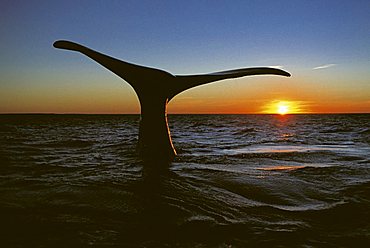
Southern Right Whale (Eubalaena australis), Valdez Peninsula, Chubut Province, Argentina, South America

Tame Bottlenose Dolphin (Tursiops truncatus) and scuba divers on the ocean floor, tourist attraction, Roatan, Honduras, Caribbean
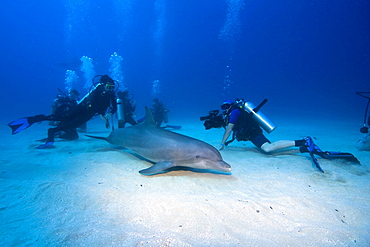
Tame Bottlenose Dolphin (Tursiops truncatus) and scuba divers on the ocean floor, tourist attraction, Roatan, Honduras, Caribbean
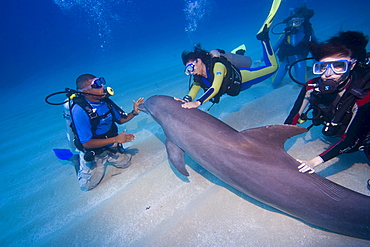
Tame Bottlenose Dolphin (Tursiops truncatus) and scuba divers on the ocean floor, tourist attraction, Roatan, Honduras, Caribbean
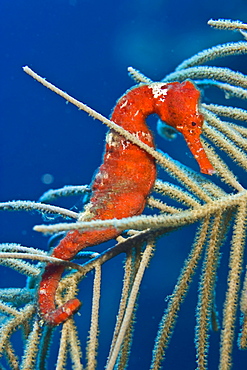
Red Longsnout Seahorse or Slender Seahorse (Hippocampus reidi) hiding among soft coral, Roatan, Honduras, Caribbean
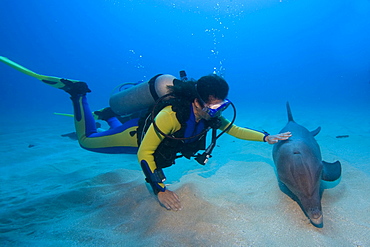
Tame Bottlenose Dolphin (Tursiops truncatus) and scuba diver on the ocean floor, tourist attraction, Roatan, Honduras, Caribbean

Tame Bottlenose Dolphin (Tursiops truncatus) and scuba divers on the ocean floor, tourist attraction, Roatan, Honduras, Caribbean
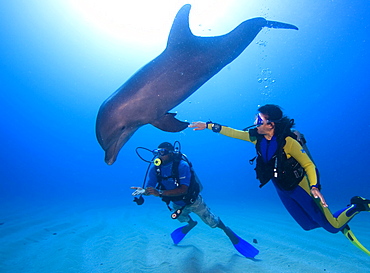
Tame Bottlenose Dolphin (Tursiops truncatus) and scuba divers on the ocean floor, tourist attraction, Roatan, Honduras, Caribbean

California, Giant kelp frond showing pneumatocysts (Macrocystis pyrifera) Catalina Island, Channel Islands National Marine Sanctuary.
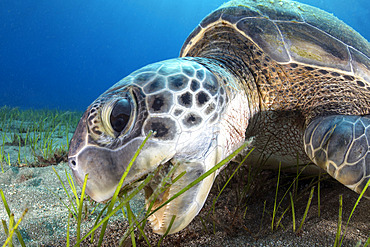
Green sea turtle (Chelonia mydas) in seagrass - seagrass, sebadal, seba (Cymodocea nodosa). Of all the sea turtles that exist, it is the only omnivorous species, feeding in its subadult and adult state on marine plants and algae. Underwater bottoms of the Canary Islands, Tenerife.
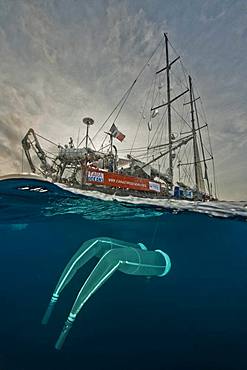
Tara Oceans Expeditions - May 2011. Tara with deployed plancton nets. On "station", the boat is drifting without engine or sails. Tara Oceans, a unique expedition: Tara Oceans is the very first attempt to make a global study of marine plankton, a form of sea life that includes organisms as small as viruses and bacterias, and as big as medusas. Our goal is to better understand planktonic ecosystems by exploring the countless species, learning about interactions among them and with their environment. Marine plankton is the only ecosystem that is almost continuous over the surface of the Earth. Studying plankton is like taking the pulse of our planet. Recently, scientists have discovered the great importance of plankton for the climate: populations of plankton are affected very rapidly by variations in climate. But in turn they can influence the climate by modifying the absorption of carbon. In a context of rapid physico-chemical changes, for example the acidification observed today in the world's oceans, it is urgent to understand and predict the evolution of these particular ecosystems. Finally, plankton is an astonishing way of going back in time ? a prime source of fossils. Over the eons, plankton has created several hundred meters of sediment on the ocean floors. This allows us to go back in time, to the first oceans on Earth, and better understand the history of our biosphere. More than 12 fields of research are involved in the project, which will bring together an international team of oceanographers, ecologists, biologists, geneticists, and physicists from prestigious laboratories headed by Eric Karsenti of the European Molecular Biology Laboratory. Galapagos
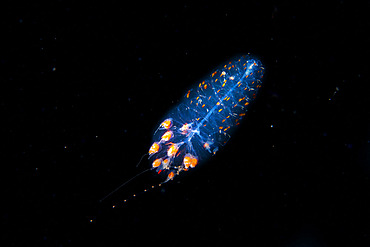
Zooplankton. Pelagic micro organism that is part of plankton (unidentified species). It lives dragged by the marine currents and it is common to observe it in spring. Marine invertebrates of the Canary Islands.
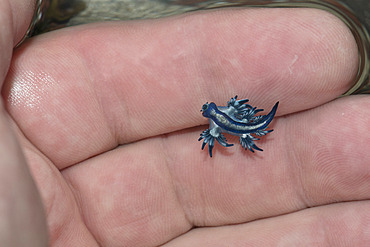
Blue Dragon (Glaucus atlanticus) hanging. Small slug that measures only about 2 cm and is generally associated with the Portuguese man of war (Physalia physalis), although it also usually appears in intertidal pools. Marine invertebrates of the Canary Islands, Tenerife.

Hermit crab, Dardanus calidus, Mitigliano cave, Marine Protected area Punta Campanella, Massa Lubrense, Penisola Sorrentina, Costa Amalfitana, Italy, Tyrrhenian Sea, Mediterranean
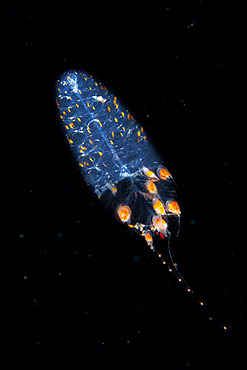
Zooplankton. Pelagic micro organism that is part of plankton (unidentified species). It lives dragged by the marine currents and it is common to observe it in spring. Marine invertebrates of the Canary Islands.

Catshark egg, (Scyliorhinus sp.), on Yellow gorgonia, (Eunicella cavolini), Marine Protected area Punta Campanella, Massa Lubrense, Penisola Sorrentina, Costa Amalfitana, Italy, Tyrrhenian Sea, Mediterranean

Greater weever, Trachinus draco, Marine Protected area Punta Campanella, Massa Lubrense, Penisola Sorrentina, Costa Amalfitana, Italy, Tyrrhenian Sea, Mediterranean

The Portuguese man o' war (Physalia physalis), also known as the man-of-war, a marine hydrozoan floating on the surface. Azores, Portugal, Atlantic Ocean.

STARFISH (Narcissia canariensis). Endemic species. Detail of the tube feet. Marine invertebrates of the Canary Islands, Tenerife.


